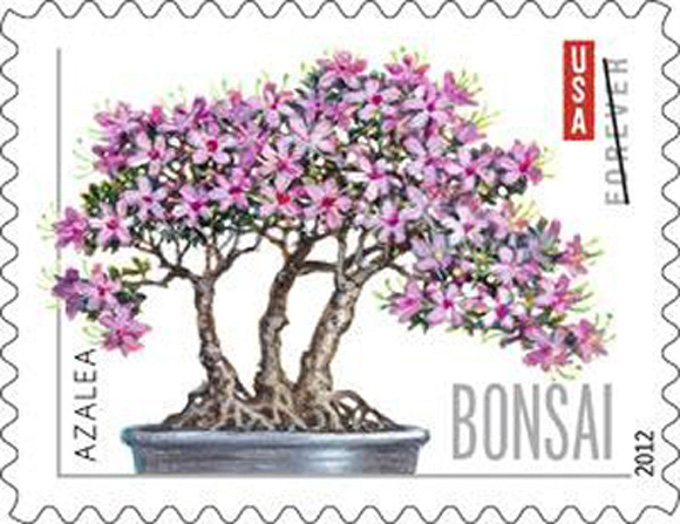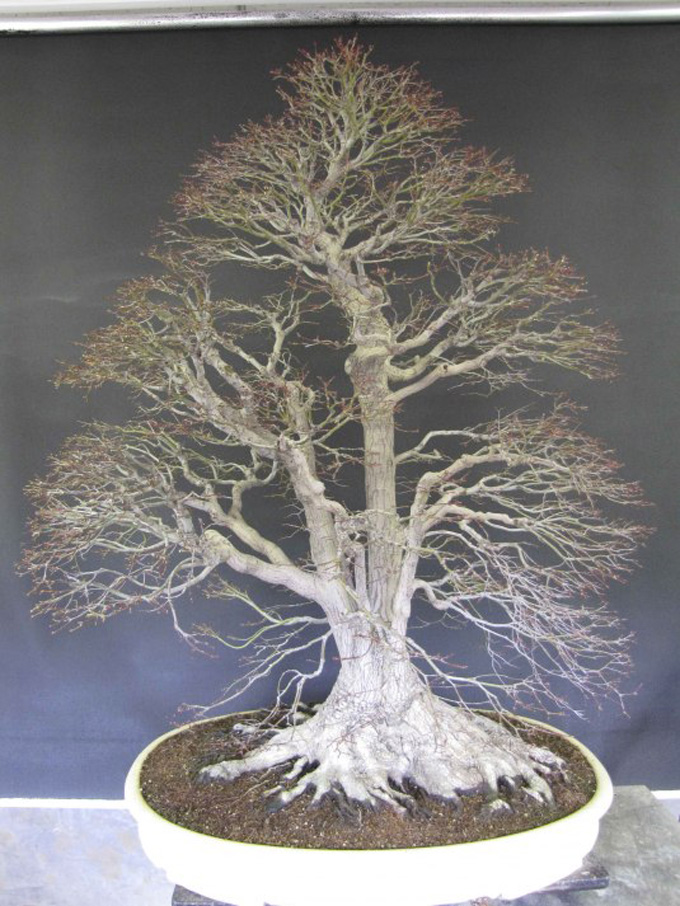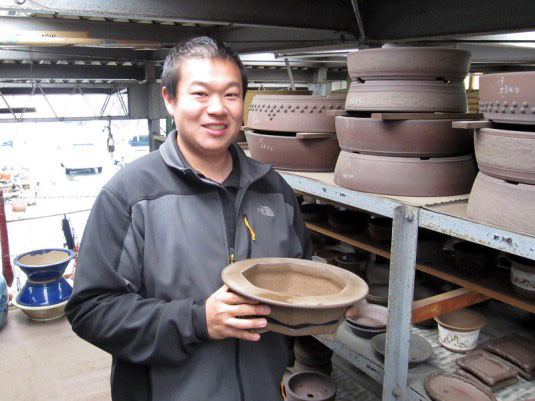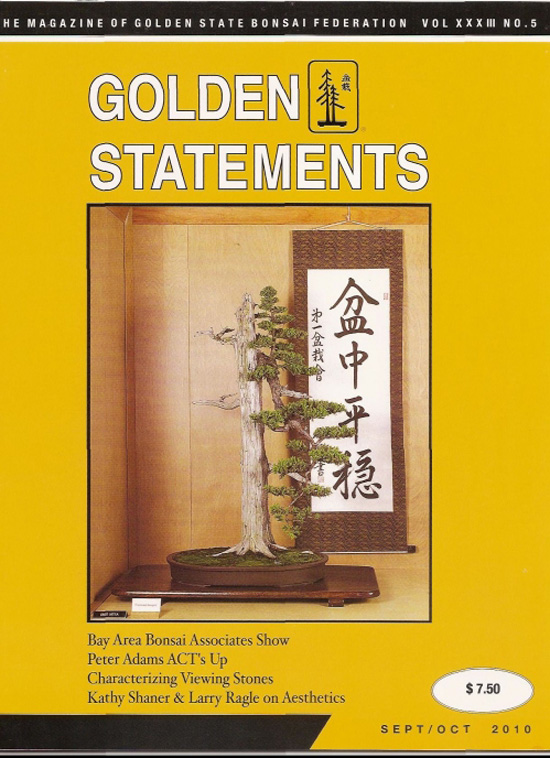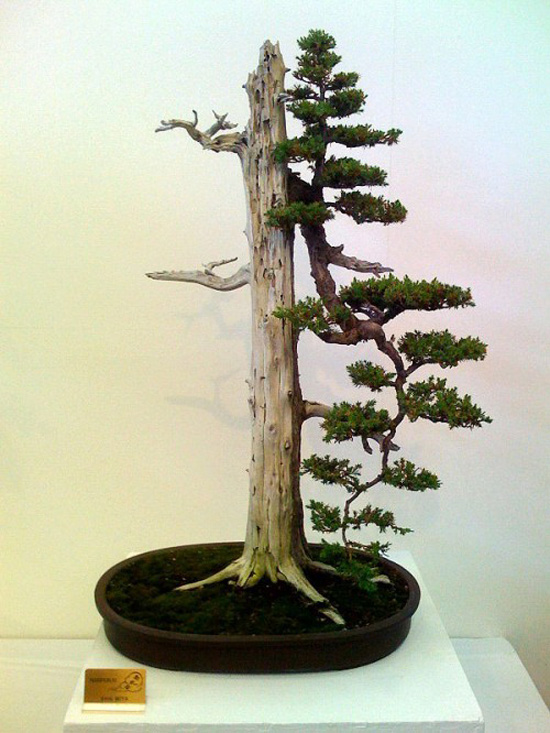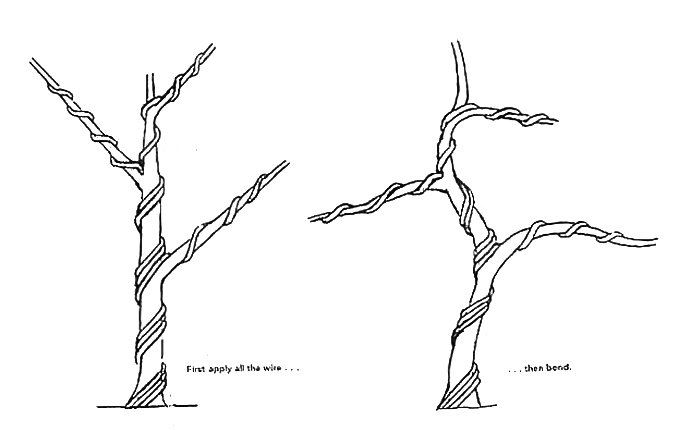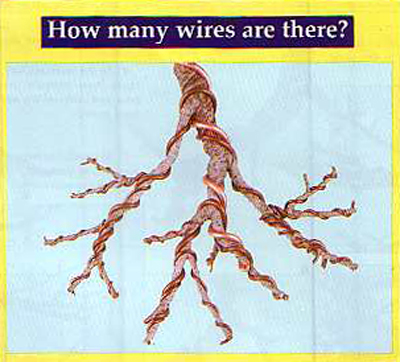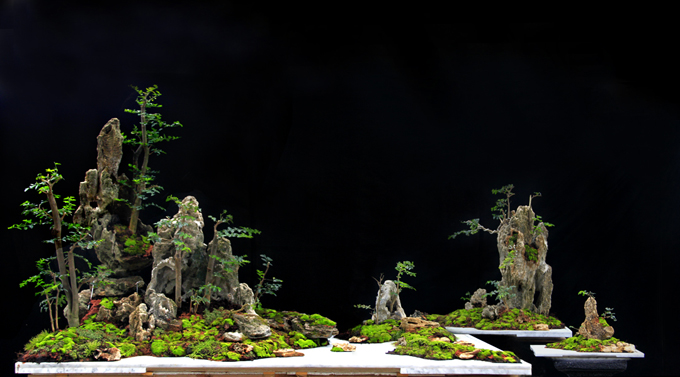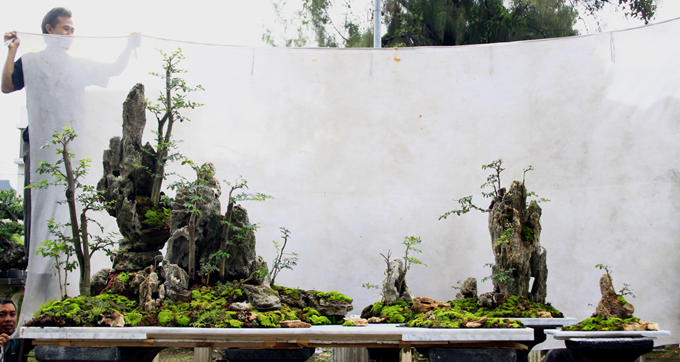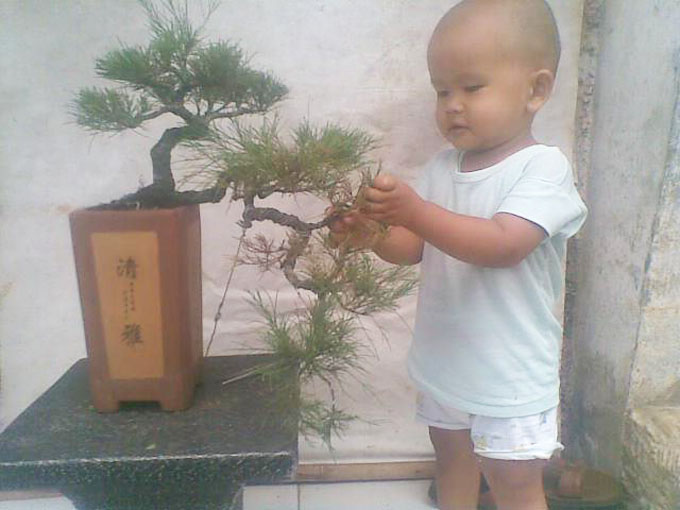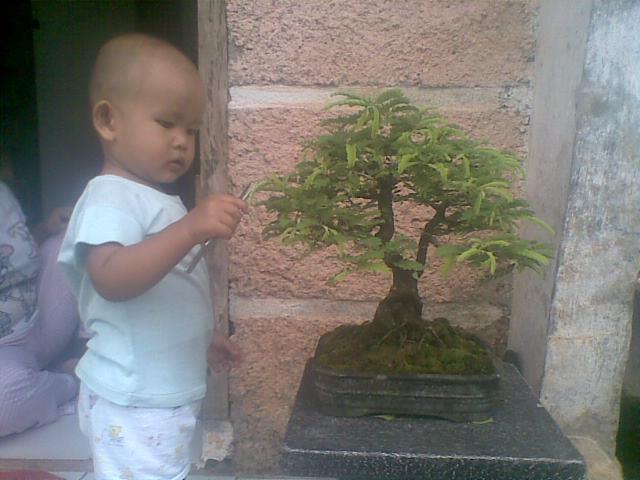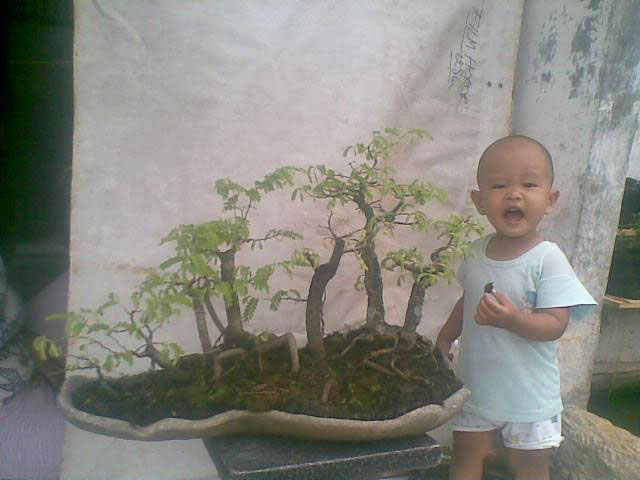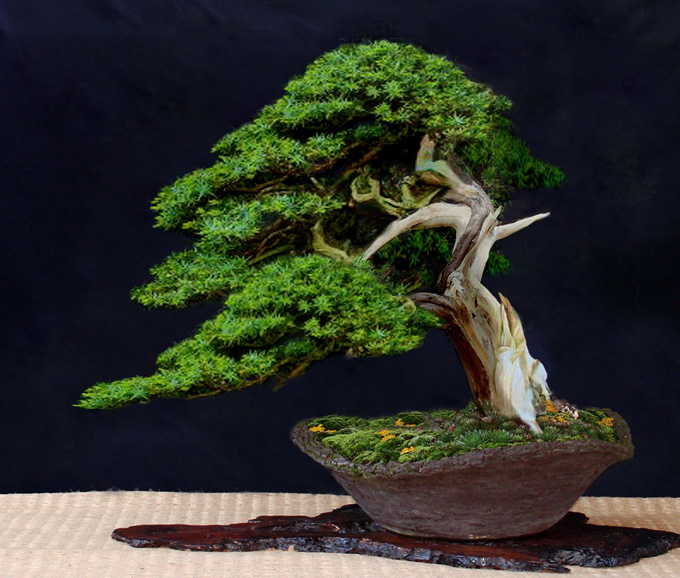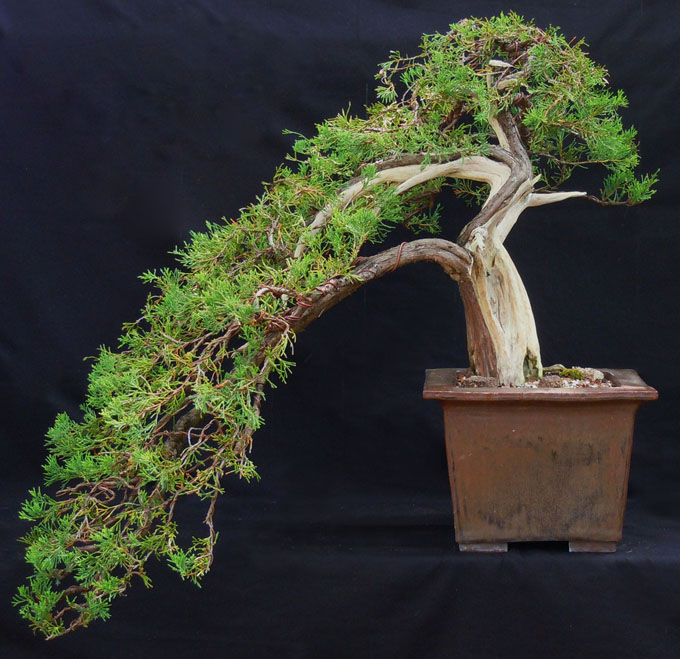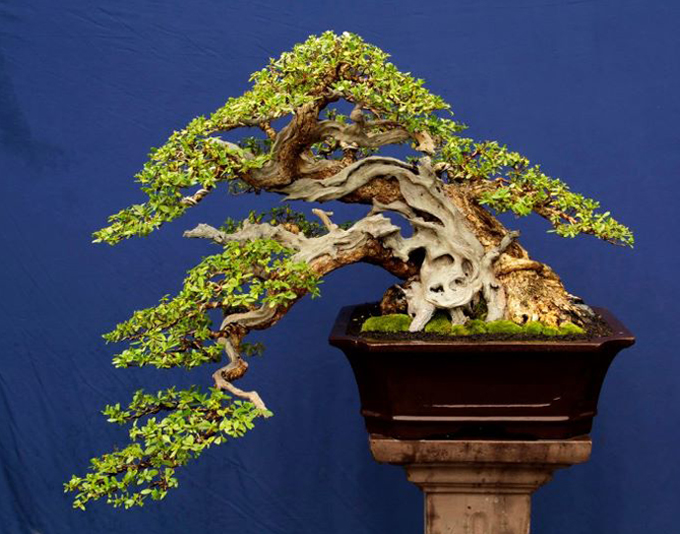 Pemphis acidula by Gedemerta Bonsaibali. For a while now, facebook has been inundated with bonsai by Gedemerta. Turns out, that’s a good thing if you like exciting tropical bonsai. If you’re not friends on facebook, you can see more of Gede Merta’s trees on Beial blog (on facebook it’s Gedemerta; on Beial it’s Gede Merta).
Pemphis acidula by Gedemerta Bonsaibali. For a while now, facebook has been inundated with bonsai by Gedemerta. Turns out, that’s a good thing if you like exciting tropical bonsai. If you’re not friends on facebook, you can see more of Gede Merta’s trees on Beial blog (on facebook it’s Gedemerta; on Beial it’s Gede Merta).
Bonsai from Scratch prizes
Are there any winners out there who haven’t collected their prizes yet? If so, please contact me at wayne@stonelantern.com.
Do you have an upcoming bonsai event that you want to promote? Let us know and we’ll publish it for you. wayne@stonelantern.com.
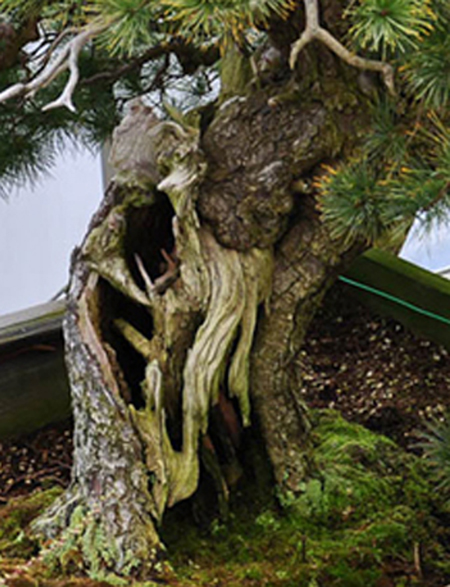 Close up of a famous White pine that we featured a few posts ago. Turns out Tyler Sherrod who is apprenticing at Shinji Suzuki’s nursery knows this venerable old tree first hand. Tyler has this to say about it:
Close up of a famous White pine that we featured a few posts ago. Turns out Tyler Sherrod who is apprenticing at Shinji Suzuki’s nursery knows this venerable old tree first hand. Tyler has this to say about it:
Wayne, the other day I was checking some of the blogs I follow and saw the post on your site, A Bonsai Story. As I am currently apprenticing at Mr. Suzuki’s garden, I reconized the white pine at once. The tree really benifited from being in the growing box that you see pictured in the Bonsai Tonight photo. It has gained strength since the period of negelect (I’m unsure of what happed to it in the past) and has now moved into a bonsai pot. It is a really stunning tree and I love the hollow trunk with deadwood. Maybe when the time is right I might just get to have a little fun with it! If you get a chance please visit my blog, tylersherrodbonsai.wordpress.com, and maybe one day we will see it restyled and back to its former glory.
Thanks, Tyler
 A little dusting. From Tyler Sherrod‘s blog.
A little dusting. From Tyler Sherrod‘s blog.
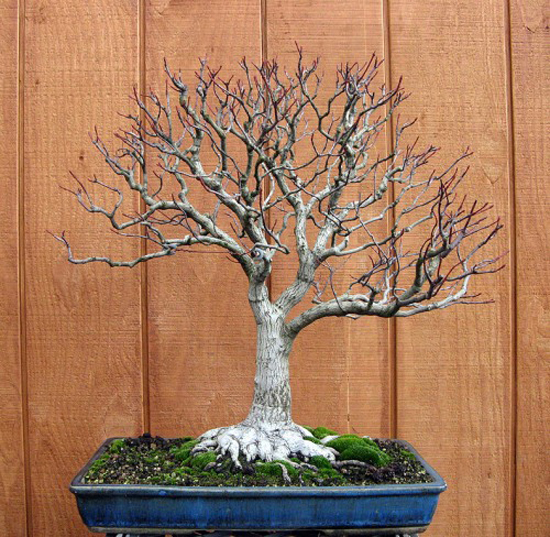 Nifty nebari. As long as we are discussing Mr. Suzuki’s apprentices and previous Bonsai Bark posts, I thought you might like to revisit this Red maple with it’s nifty nebari (here’s the original Bark post). This time without its leaves. It’s from Michael Hagedorn’s website (Michael was once a Shinji Suzuki apprentice and is the author of Post-Dated – The Schooling of an Irreverent Bonsai Monk).
Nifty nebari. As long as we are discussing Mr. Suzuki’s apprentices and previous Bonsai Bark posts, I thought you might like to revisit this Red maple with it’s nifty nebari (here’s the original Bark post). This time without its leaves. It’s from Michael Hagedorn’s website (Michael was once a Shinji Suzuki apprentice and is the author of Post-Dated – The Schooling of an Irreverent Bonsai Monk).
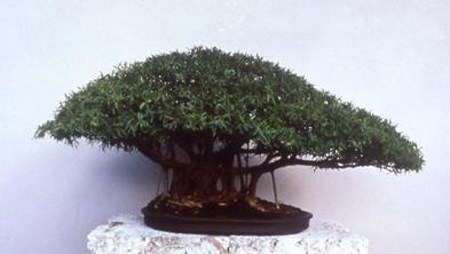 Bonsai Cloud, the Mother of them all. This famous tree is the original Ficus nerifolia (in this country). Like all originals, it has a story, and fortunately, Mary Miller (aka Bonsai Mary) has been kind enough to chronicle that story.
Bonsai Cloud, the Mother of them all. This famous tree is the original Ficus nerifolia (in this country). Like all originals, it has a story, and fortunately, Mary Miller (aka Bonsai Mary) has been kind enough to chronicle that story.
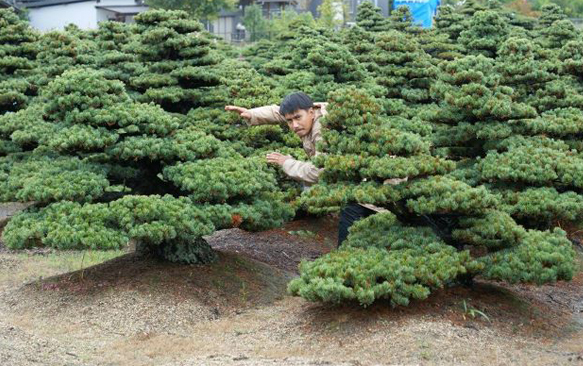 Is this man hiding from the law? Probably not, but here’s another question; is it possible that that massive pine will become a bonsai some day? This photo is one of many from Mindanao Bonsai visit to this year’s ASPAC (Day 2 11th ASPAC – Kinashi Area to Kompira-san Palace). The caption with photo reads: Lalo na eto… lumalangoy sa gitna ng mga puno. Hehehe!
Is this man hiding from the law? Probably not, but here’s another question; is it possible that that massive pine will become a bonsai some day? This photo is one of many from Mindanao Bonsai visit to this year’s ASPAC (Day 2 11th ASPAC – Kinashi Area to Kompira-san Palace). The caption with photo reads: Lalo na eto… lumalangoy sa gitna ng mga puno. Hehehe!
 More on Isao Omachi (and what you can do to help) on the International Bonsai Forum.
More on Isao Omachi (and what you can do to help) on the International Bonsai Forum.
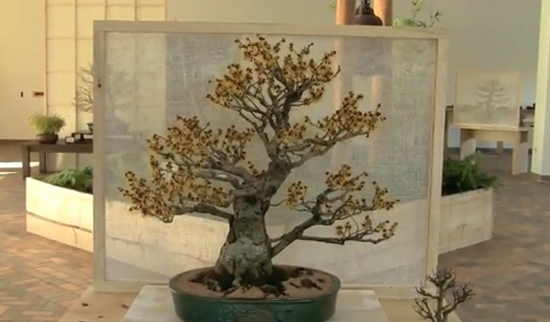 Three Friends of Winter Bonsai Silhouette Show at the Chicago Botanic Garden. January 27-29, 2012.
Three Friends of Winter Bonsai Silhouette Show at the Chicago Botanic Garden. January 27-29, 2012.
To celebrate the winter season in the Japanese tradition, the Chicago Botanic Garden highlights the Three Friends of Winter — bamboo, pine, and plum. By enduring challenging winter weather, these “three friends” symbolize the ability to thrive amidst adverse conditions. Featured bonsai will be in their dormant phase, highlighting their elegant branch structure.
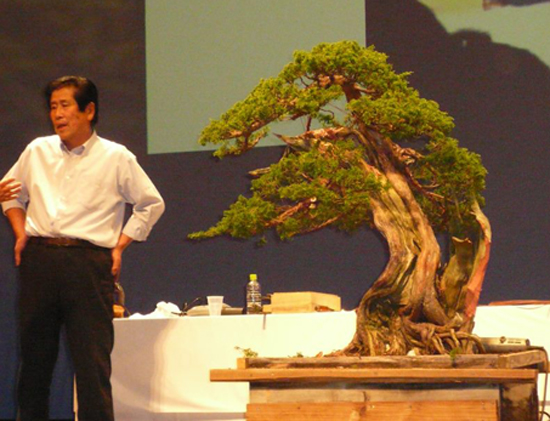 Masahiko Kimura and bonsai at ASPAC. This is one of a whole group of great ASPAC photos by Budi Sulistyo (I took the liberty of cropping this one a bit). Budi is the author of Tropical Bonsai Gallery and Mr. Kimura is featured in our book, The Magician, as well as in numerous back issues of Bonsai Today magazine (currently 70% off at Stone Lantern).
Masahiko Kimura and bonsai at ASPAC. This is one of a whole group of great ASPAC photos by Budi Sulistyo (I took the liberty of cropping this one a bit). Budi is the author of Tropical Bonsai Gallery and Mr. Kimura is featured in our book, The Magician, as well as in numerous back issues of Bonsai Today magazine (currently 70% off at Stone Lantern).
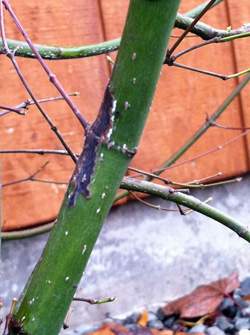 Do you grow Japanese maples? Micheal Hagedorn (Crataegus Bonsai) has an article on detecting and controlling Pseudomonas syringae bacteria, titled Read This If You Grow Japanese Maple.
Do you grow Japanese maples? Micheal Hagedorn (Crataegus Bonsai) has an article on detecting and controlling Pseudomonas syringae bacteria, titled Read This If You Grow Japanese Maple.
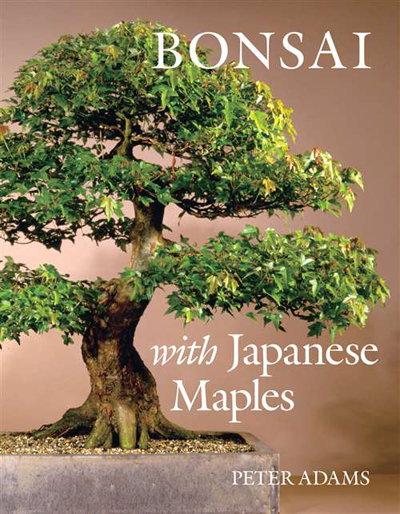 Bonsai with Japanese Maples. While we’re on the topic, Peter Adams’ Bonsai with Japanese Maples, (even though that’s a Trident maple on the cover) is on sale at Stone Lantern for 24.47 (retail 34.95).
Bonsai with Japanese Maples. While we’re on the topic, Peter Adams’ Bonsai with Japanese Maples, (even though that’s a Trident maple on the cover) is on sale at Stone Lantern for 24.47 (retail 34.95).
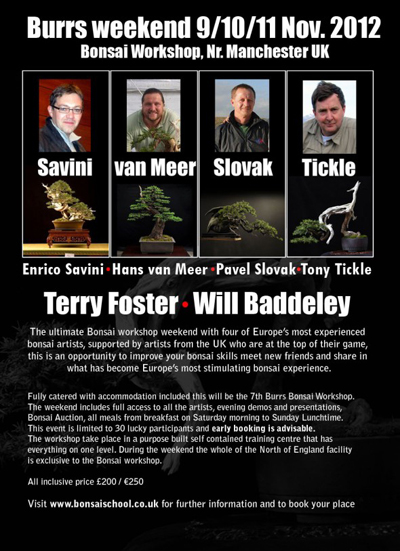 It’s a long way off, but so’s the UK for some of us. From the UK Bonsai School’s site.
It’s a long way off, but so’s the UK for some of us. From the UK Bonsai School’s site.
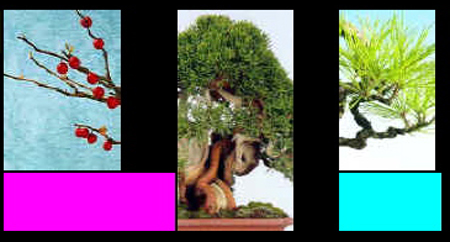 Last Updated Long Ago. This graphic is from Fresno Bonsai Society‘s home page, which was last updated 2008. It’s not terribly unusual to find bonsai society websites that are woefully out-of-date. Not to criticize; after all these are purely volunteer organizations, so people do what they can. Still, it would be good to know if the Fresno Bonsai Society (and some others with out-of-date websites) even exist anymore.
Last Updated Long Ago. This graphic is from Fresno Bonsai Society‘s home page, which was last updated 2008. It’s not terribly unusual to find bonsai society websites that are woefully out-of-date. Not to criticize; after all these are purely volunteer organizations, so people do what they can. Still, it would be good to know if the Fresno Bonsai Society (and some others with out-of-date websites) even exist anymore.
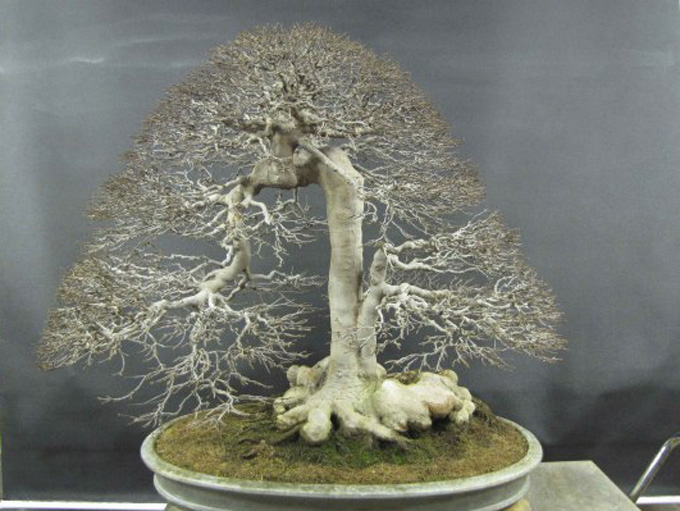 Strange as this magnificent old tree is, it all works together to with a perfect blend of eccentricity and balance. But the nebari? That takes some getting use to. (This photo and the others in this post are from Peter Tea Bonsai.)
Strange as this magnificent old tree is, it all works together to with a perfect blend of eccentricity and balance. But the nebari? That takes some getting use to. (This photo and the others in this post are from Peter Tea Bonsai.) 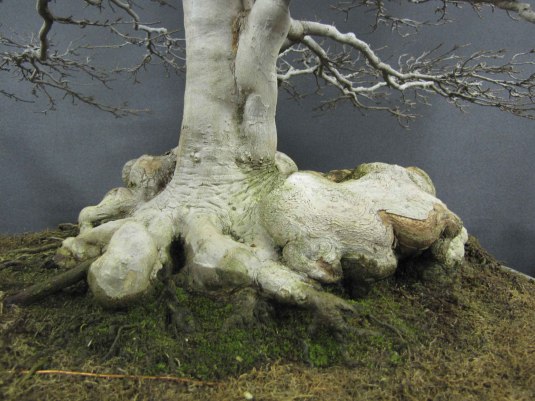 Here’s that nebari, and here’s what Peter has to say about it: “A close up of the root spread. Even the root spread of this tree is strange. Answer me this, would a more natural radial root base go well with the rest of the tree? or vise versa? My first impression of this root base was, “what is this?” When I looked at the overall tree again this root spread turned out to be so right for this tree (there is an important lesson to learn here). If you don’t believe me, look at the picture of the front of the tree again. ;o).”
Here’s that nebari, and here’s what Peter has to say about it: “A close up of the root spread. Even the root spread of this tree is strange. Answer me this, would a more natural radial root base go well with the rest of the tree? or vise versa? My first impression of this root base was, “what is this?” When I looked at the overall tree again this root spread turned out to be so right for this tree (there is an important lesson to learn here). If you don’t believe me, look at the picture of the front of the tree again. ;o).” A profusion of very small, very colorful fall leaves almost completely cover the tree’s eccentric nature.
A profusion of very small, very colorful fall leaves almost completely cover the tree’s eccentric nature.
